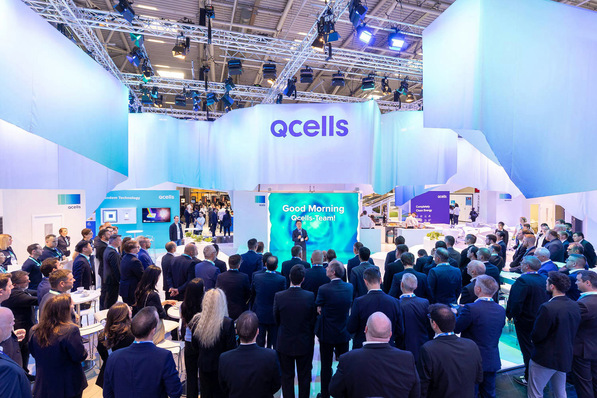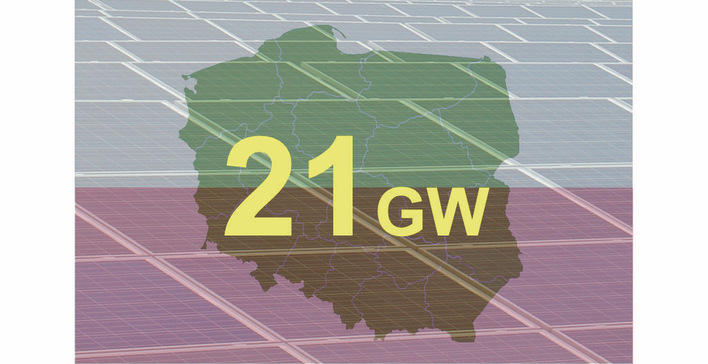DNV GL, the independent energy expert and assurance provider, has awarded the first Type Certificate of grid code compliance for Siemens Gamesa's hybrid power plant “La Plana: Storage, wind and solar” near Zaragoza, Spain. The Type Certificate for control behaviour and other grid code requirements, based on tailored testing approach within existing specification, proves the potential to support grid stability and features specially developed tests for control functions that are not yet covered by international guidelines.
The deployment of renewable energy is accelerating in electrical systems around the world to meet emission targets. However, renewable sources like solar and wind are intermittent – with generation levels dependent on conditions. By combining renewables with energy storage and optionally other generation technologies, hybrid power plants offer the potential to reduce the variability of supply. This makes hybrid plants an increasingly attractive option to continue the development of renewable energy.
DNV GL developed new hybrid-specific tests
“Hybrid power plants are likely to be critical elements in helping countries reach the long-term target of 100% renewable energy, driving the energy transition and the decarbonization of energy. The successful type certification of “La Plana” documents that the plant delivers the electrical performance necessary to support grid stability,” says Kim Sandgaard-Mørk, Executive Vice President for Renewables Certification at DNV GL.
See also: PV market Spain with promising development
To demonstrate that such a hybrid power plant could supply electricity to the grid in a stable way, Siemens Gamesa contracted DNV GL to carry out grid code compliance certification on the entire plant without diesel gensets. The certification was carried out using a tailored approach that followed the procedure defined in the DNVGL-SE-0124 certification of grid code compliance service specification. As part of the approach, DNV GL developed new tests for hybrid-specific control functions that are not currently covered by international guidelines, including control functions like “base load”, “peak shaving” and “smoothing control”.
Ongrid as well as Offgrid operation possible
“Renewable energy is becoming cheaper and more widespread. Now it is vital that all stakeholders in the energy chain can be confident that renewable energy can fulfil the requirements for a range of grid supply applications, from firming and ramp-rate control to arbitrage and supply-demand matching. Having our hybrid power plant certified for grid code compliance is a key step in building that confidence. And DNV GL made that possible through a smooth certification plan that was specifically tailored to the unique requirements of a hybrid power plant,” said Juan Diego Díaz Vega, Head of Onshore Marketing at Siemens Gamesa.
See also: Post-pandemic investment needed to accelerate scaling of renewables
The “La Plana” pilot plant was commissioned in 2015 to explore the potential of hybrid power. It combines 850 kW of wind power, 245 kWp of solar photovoltaic panels three optional diesel generators and two types of battery energy storage technologies with a novel hybrid plant controller (HPC) that manages the mix of generating technologies in real time. “La Plana” is one of Siemens Gamesa’s critical assets for its main validation and verification activities in Spain. The plant can work in Ongrid but also in Offgrid operation mode, and is also able to work in Offgrid zero-diesel operation mode with gensets turned off. Transitions between Ongrid and Offgrid are also possible thanks to the Weak Grids control mode. Currently the Virtual Power Plant (VPP) control mode is added to “La Plana”. (mfo)







